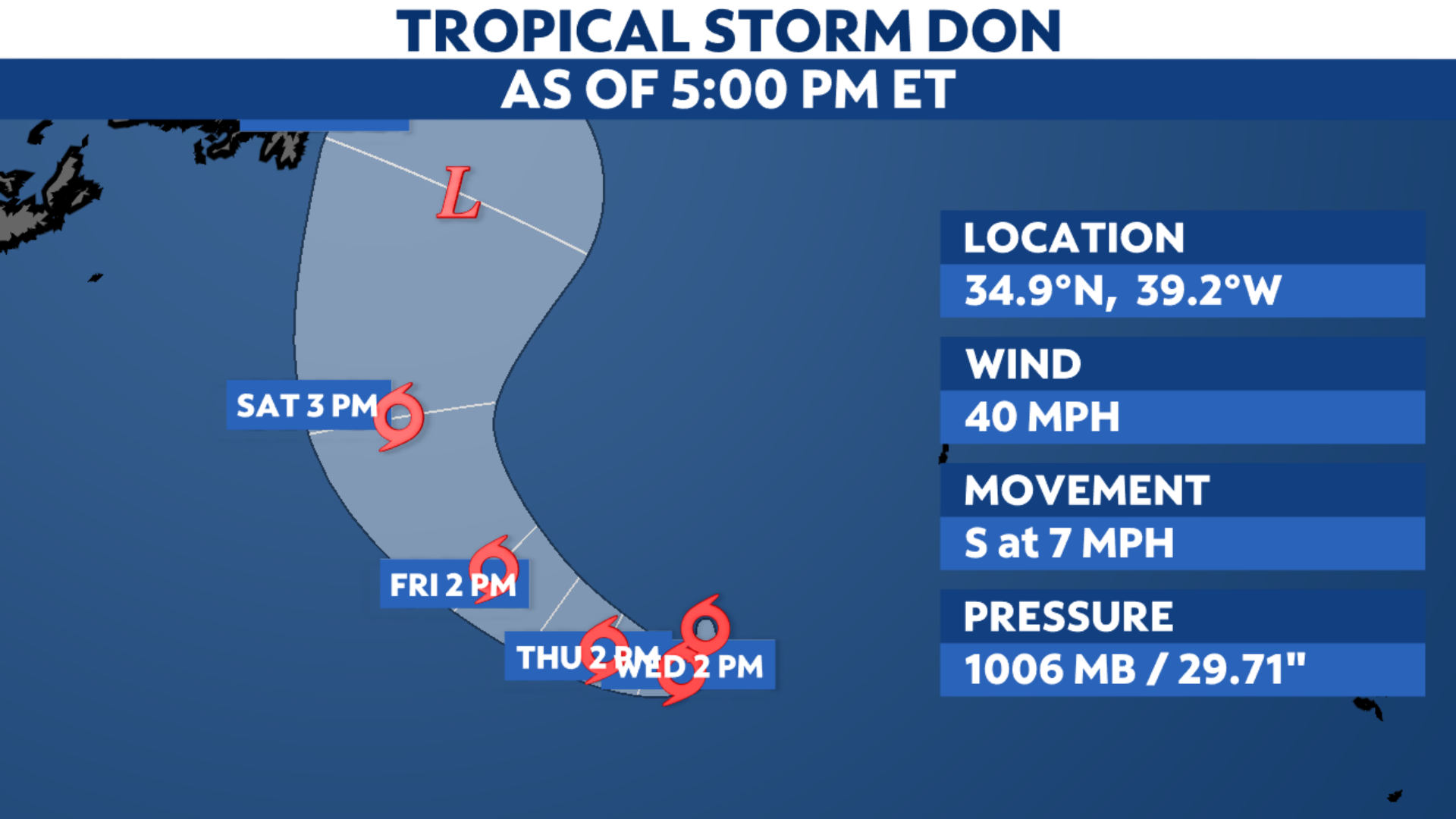COLUMBUS, Ohio — Housing advocates released new data that shows home insecurity increased statewide ever since the pandemic.
The Ohio Housing Finance Agency’s 2023 Ohio Housing Needs Assessment reveals many Ohioans are now at heightened risk of eviction and homelessness.
The assessment uncovered a gap between the number of low-income renters and affordable rental homes in Ohio. The report found there are over 447,000 low-income renters while only 177,000 affordable homes.
Gov. Mike DeWine is assisting the problem by launching a new program aimed at enhancing affordable housing options as part of the state budget. It’s funding that will come in over the next four years.
Mike Jon is a veteran and a restaurant worker in central Ohio. He previously experienced homelessness and refrains from discussing his past, but shares his fears about housing insecurity.
“Everybody is just one step away from homelessness. All it takes is a shift in the market. You lose your employment, some trauma comes to you and you end up in a homeless state,” Jon said, adding that homelessness is the “worst thing” that could happen to someone.”
While acknowledging the state’s new budget has made strides toward solving the problem, Amy Reigel, the director of the Coalition on Homelessness and Housing in Ohio, said Ohio needs to continue to work hard to solve the problem. The current budget will facilitate the addition of nearly 4,000 units of affordable housing across Ohio over the next four years. Reigel believes this is insufficient, considering the loss of 15,000 units last year alone.
“We have taken a step in the right direction to start to keep up with this trend of losing housing units, which is pushing up the cost of housing,” said Reigel, noting that additional measures are required to meet the rising demand.
Reigel cited inflation as a major catalyst of the housing crisis, arguing that the complexity of the issues surrounding housing and homelessness makes them impossible to resolve overnight. The Ohio Housing Finance Agency’s assessment shows an upward trend of more Ohioans spending at least half of their income on housing from 2019 to 2021.
“What we do see is that it is becoming harder and harder to move into home ownership for many factors, including the rising interest rates, a shortage of housing on the homebuyer market, meaning more people are going into rentals,” Reigel said.
For Ohio residents like Jon, grappling with housing issues, the consequences can be profound and far-reaching, robbing them of more than just a roof over their heads.
As Jon stated, “I had no aspirations at all. And that bothered me the most. I had no aspirations.”




